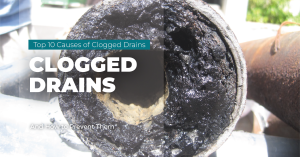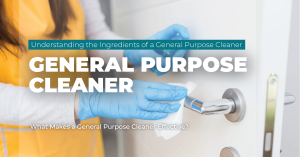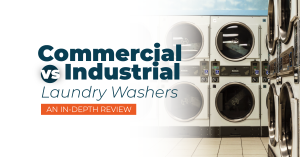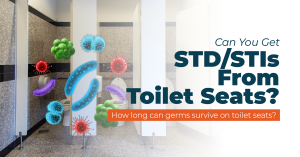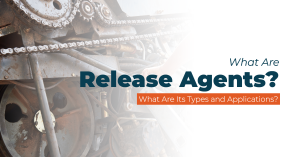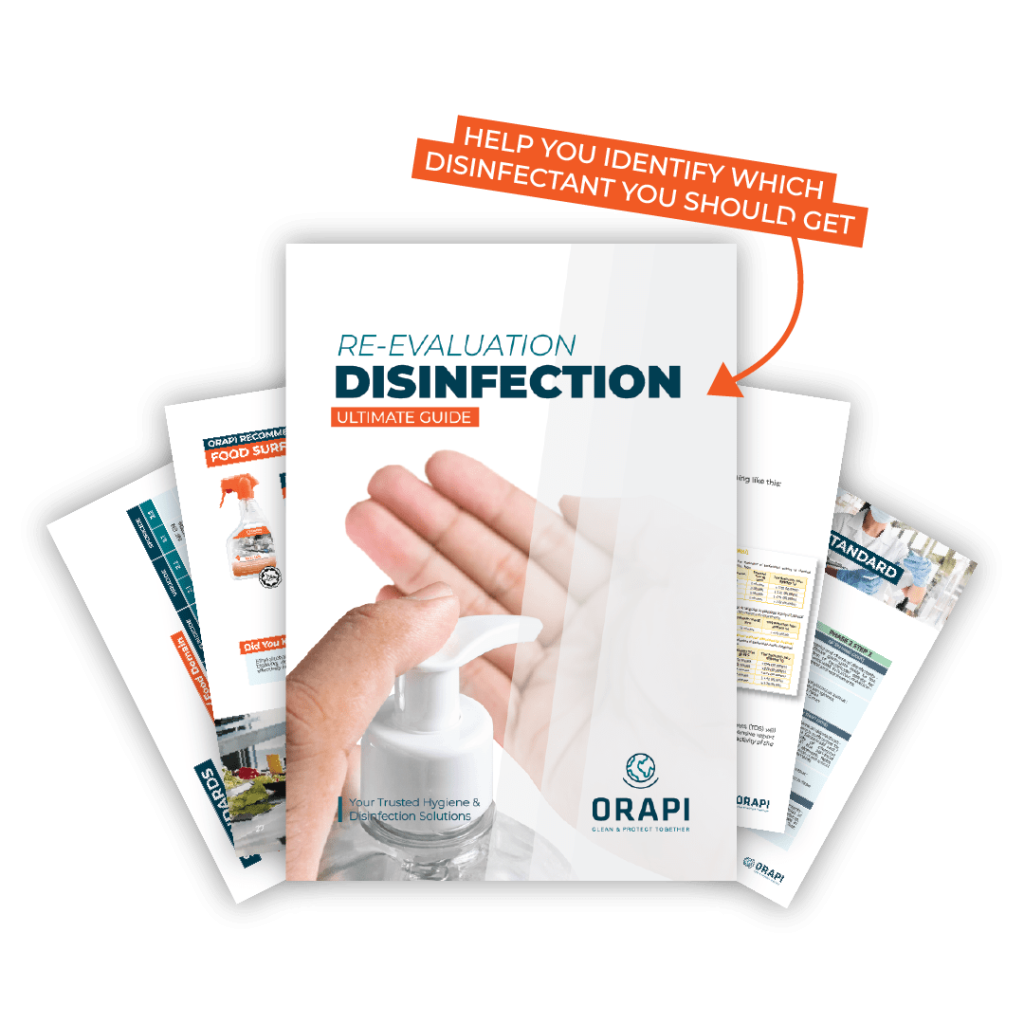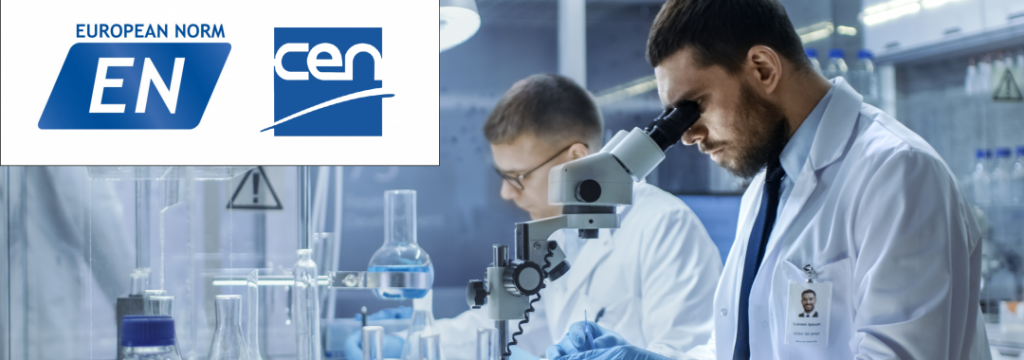
During these times, when hygiene and disinfectant standards are more important than ever, considering what products to use and the standards they are held to is an important consideration. Making sure that products are effective for their intended use, will allow you to ensure a safe environment as much as is possible.
Throughout Europe, the European Norms (EN) is considered the ‘gold standard’ for testing disinfectants. While the UK has left the EU, this will still most likely be the case moving forward, even for those living in the UK. These standards for testing disinfectants are based on methods directed towards the practical use of the disinfectant. These methods will allow you to directly compare one disinfectant with another, as they have been tested to the same standard.
According to the Clinical Services Journal, some key considerations for testing standards include:
- “Disinfectant neutralisation. If this is not performed correctly, efficacy will be overestimated.
- The level of soiling. Various approaches can be taken to replicate soiling, often using proteins. This should reflect in-use conditions as far as is possible.
- Selection of test organisms. For example, only testing against vegetative bacteria is unhelpful if a sporicidal disinfectant is required.
- Contact times. Unrealistically long contact times may well not provide a meaningful assessment of the disinfectant that is being tested.”
When it comes to products that have been proven to this standard for their ability to combat viruses, products listed to be EN 14476 certified is what you’re looking for. Regular hygiene products that you purchase from high street stores, might not meet these requirements.
Another factor that makes the use of products held up to these standards especially valuable, is that they are regularly updated. As new strains of the Coronavirus are being discovered, this becomes vitally important to ensure that the products you are using are achieving the desired results.






